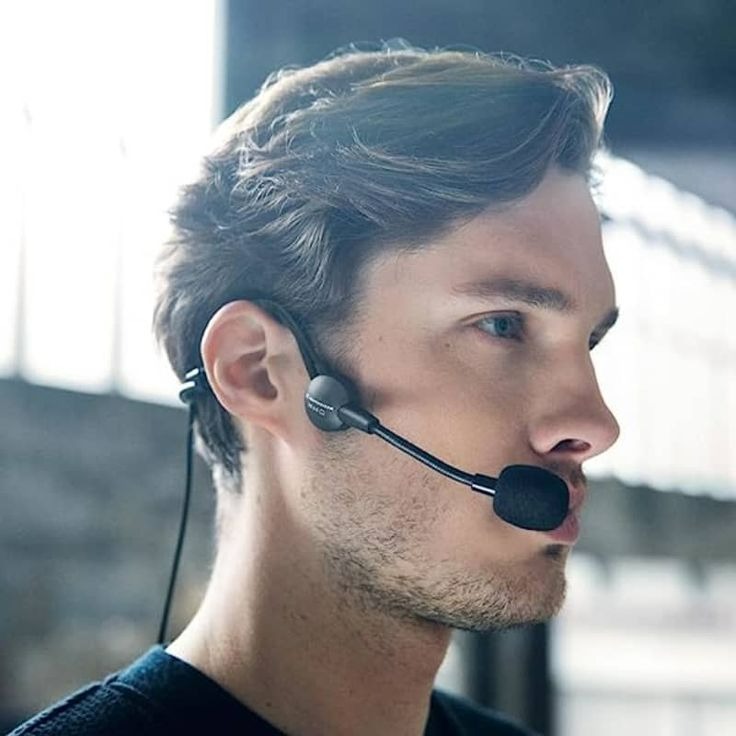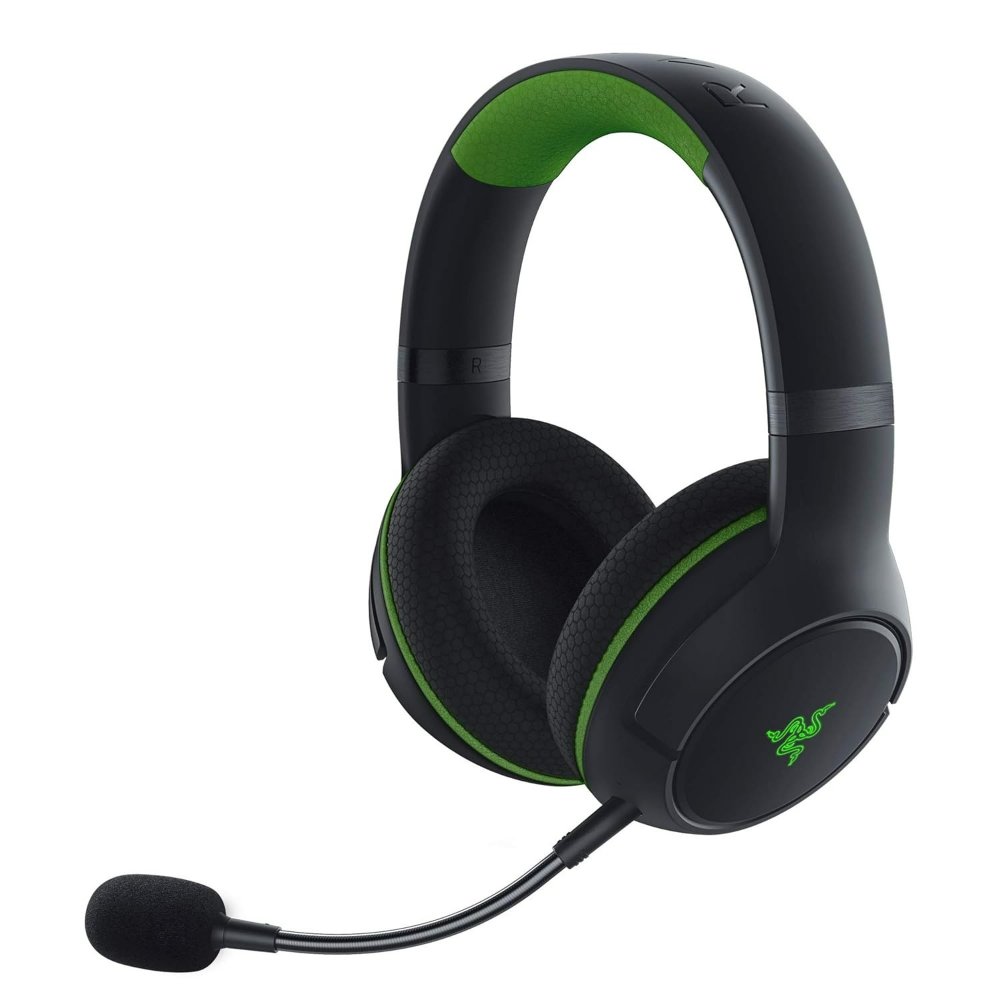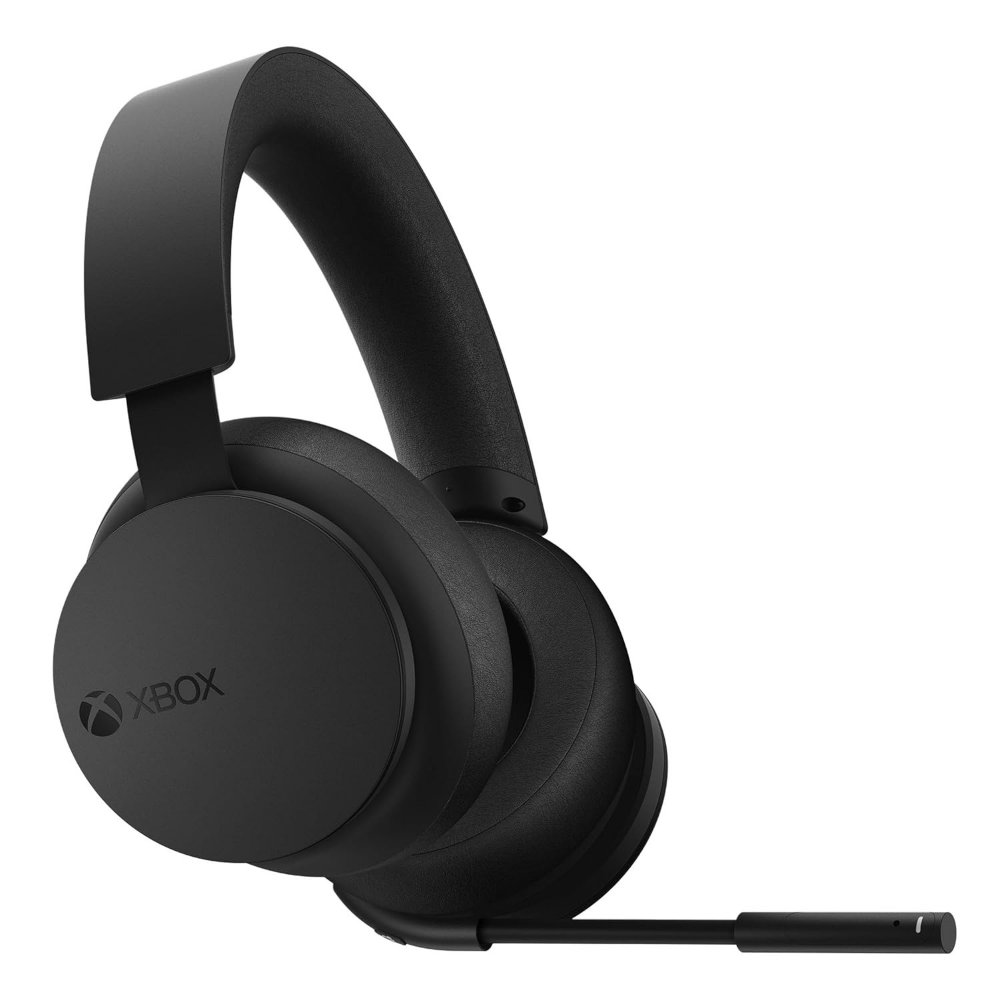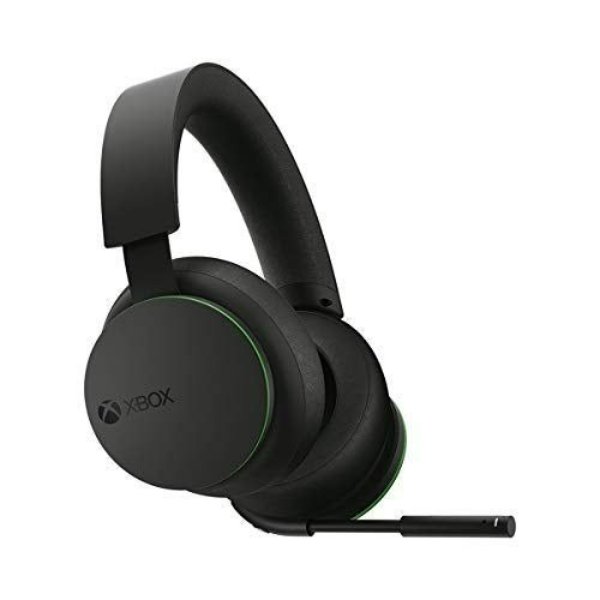The Evolution of Communication in Football
The way football coaches communicate has changed a lot over time. In the past, coaches shouted instructions from the sidelines. Fans often saw them waving their arms or sending players with messages. This approach had many flaws. Noise from crowds could drown out messages. And the game would not stop for these exchanges.
Then, technology stepped in. Early forms of communication used were basic walkie-talkies. These tools helped, but they were not perfect. Coaches dealt with signal issues or limited range. Yet, things got better.
Headsets emerged as a game-changer for football coaches. They allowed for clear, direct communication. Coaches could talk to each other from different parts of the field. They also communicated with players through a designated captain.
Today, headsets are sophisticated. They allow staff to discuss strategy without interference. Coaches in the booth can see the game from above. They send valuable insights to the sidelines. This evolution shows just how critical clear communication is in football. It’s not just about shouting orders. It’s about making smart decisions in real time.
The introduction of headsets is a key reason why modern coaching is so strategic. Understanding why do football coaches wear headsets helps us see the importance of good communication. It’s a vital tool that shapes the game as we know it.

The Role of Headsets in Modern Football Coaching
Headsets play a crucial role in modern football coaching. They allow coaches to communicate quickly and effectively. Here’s how headsets have become an essential part of the coaching toolkit:
- Instant Communication: Coaches use headsets for immediate conversations. They don’t have to wait for breaks in the game. This real-time chat helps make quick decisions.
- Clarity in Noisy Environments: With headsets, coaches speak and listen without noise interference. Crowds and cheers do not disrupt the tactical talk.
- Multi-Channel Coordination: Staff members use different channels. They avoid mix-ups in the message flow. Each channel may be dedicated to defense, offense, or special teams.
- Discrete Messaging: Headsets allow private discussions. Coaches discuss tactics without the rival team listening in.
- Instruction from Different Angles: Coaches in high booths use headsets. They provide a bird’s-eye view of the game to the sideline.
- The Quarterback Link: Some headsets link directly to the quarterback’s helmet. The head coach can give direct guidance before the snap.
The question ‘why do football coaches wear headsets’ is thus clear. Headsets are more than a convenience. They are a strategic necessity in the rapid, competitive world of football. They help coaches to stay one step ahead. The right call at the right time can change the course of the game.
How Headsets Facilitate Real-Time Strategy Adjustments
The impact of headsets on football coaching really shines during real-time strategy adjustments. Here’s why:
- Quick Adaptation to Game Dynamics: The immediate flow of information from various viewpoints lets coaches quickly adapt strategies.
- Direct Player Instructions: Through headsets, coaches issue commands directly, especially to the quarterback, ensuring swift execution of plays.
- Time-Saving: Headsets cut down the time needed for sending messages, maximizing the short periods during game stoppages.
- Half-Time Adjustments: Insights gathered in the first half lead to crucial strategy tweaks, conveyed via headsets for instant implementation.
So, headsets not only enable communication; they empower coaches to mold their tactics as the game unfolds. This gives them a competitive edge that could lead to victory.

Understanding the Technology Behind Coach Communication Systems
Modern coach communication systems are complex and high-tech. Understanding them helps explain why do football coaches wear headsets. Here’s a breakdown of the technology:
- Sophisticated Headsets: Today’s headsets use noise-cancelling technology. This feature blocks out the stadium noise, allowing for clear conversations.
- Wireless Technology: Headsets operate on a dedicated frequency. This prevents interference from outside sources and avoids eavesdropping.
- Multiple Channels: Systems have various channels for different coaching needs. This lets coaches talk to specific groups like offense, defense, or special teams individually.
- Encryption: Communication is secure. Encrypted signals stop other teams from listening in on the strategy.
- Direct Quarterback Link: A direct line to the quarterback’s helmet is possible. It ensures that only the quarterback hears the coach’s instructions.
- Sideline to Booth Links: Coaches in the booth have a broad view and can relay critical insights. They use headsets to send this information directly to coaches on the field.
With these technologies, coach headsets go beyond simple communication tools. They are integral in shaping game plans and making pivotal decisions during a game. The use of such advanced systems explains the reliance on headsets for successful football coaching strategies.
The Rules and Regulations Surrounding Headset Use During Games
For headsets to be fair and effective, they must follow strict rules. Here’s what governs their use:
- Restrictions on Numbers: Teams can’t use an endless amount of headsets. The NFL, for instance, limits them to 45 per side.
- Communication Cutoff: Headsets are turned off when the play clock hits 15 seconds. This prevents last-minute instructions.
- Approval by the League: All headsets and frequency use must get the NFL’s okay. This makes sure signals are secure.
- Sideline Interference: If a team’s headsets fail, the opponent’s headsets may be turned off to keep it fair.
- Penalties for Misuse: Misusing headsets can lead to fines or loss of draft picks. It keeps teams honest.
These rules ensure that all teams have the same advantage or limits. This helps keep the game fair and competitive. They make sure that ‘why do football coaches wear headsets’ is a matter of strategy, not of breaking the rules.

The Impact of Headsets on Team Performance and Decision Making
The use of headsets has had a significant influence on team performance and decision-making processes in football. Here are key ways they make a difference:
- Enhanced Collaboration: Coaches and staff can brainstorm in real time. This teamwork strengthens strategies.
- Faster Response: Teams can react to opponents’ moves swiftly. They make decisions faster thanks to clear, immediate communication.
- Improved Accuracy: Coaches receive precise information. They give more accurate instructions to players.
- Stress Reduction: Clear communication lowers confusion on the field. It reduces stress for coaches and players.
- In-Game Analysis: Headsets enable quick analysis of plays. Coaches adjust tactics on the fly for better outcomes.
- Performance Tracking: Staff can track player performance instantly. They give feedback right when it counts.
So, headsets are a huge asset in football. They boost performance by improving decision making at crucial moments. Teams that master headset use can gain a serious competitive edge.
Famous Incidents Involving Headsets in Football History
Headset technology hasn’t always been smooth in football. Some famous incidents underscore their impact. Here are a few:
- Super Bowl XLIX Glitch: The New England Patriots faced headset issues. It hampered their communication early in the game but they still won.
- Steelers vs. Patriots, 2015: Pittsburgh Steelers had headset troubles. They heard the Patriots’ radio broadcast instead of their own staff. It caused confusion during the game.
- Browns Penalized: In 2016, the Cleveland Browns were fined. Their sideline used cell phones, not the approved headsets, for communication.
- Giants vs. Cowboys, 2015: The New York Giants’ headsets failed. They had to use hand signals and runner messengers against the Dallas Cowboys.
These events show that headsets are vital. They also reveal risks of technical faults. Teams have learned to prepare for such issues and develop backup plans. The need for reliable headsets is clear. They contribute greatly to a team’s success and strategy during games.
The Future of Headset Technology in Football Coaching
As football evolves, so does the technology that supports it, including the headsets used by coaches. Looking ahead, we anticipate several advancements that will further transform how coaches interact during the game. Here are some potential developments in headset technology:
- Enhanced Audio Quality: Future headsets may utilize even more advanced noise-cancelling capabilities. Coaches will hear each other clearer than ever, even amidst roaring crowds.
- Augmented Reality Integration: Headsets could incorporate AR to provide coaches with real-time stats, player heat-maps, or other visual aids.
- Improved Wireless Connectivity: With technology advancements, we foresee stronger and more reliable wireless signals. This reduction in interference means better communication.
- Voice Command Features: Coaches might control their headsets using voice commands. This hands-free option could help them stay more focused on the game.
- Solar Powering: Innovations might include solar-powered headsets. This would ensure headsets work for the entire game, regardless of battery life.
- Wearable Biometrics: Headsets might monitor a coach’s vitals and stress levels. This data can help them manage their health during high-pressure matches.
As the question ‘why do football coaches wear headsets’ continues to get richer answers, we see an exciting future ahead. Emerging technologies promise to make football coaching an even more dynamic and precise science. While the fundamentals of coaching will remain, the tools at their disposal are set to become more sophisticated, further enhancing team performance and the overall strategy of the game.
